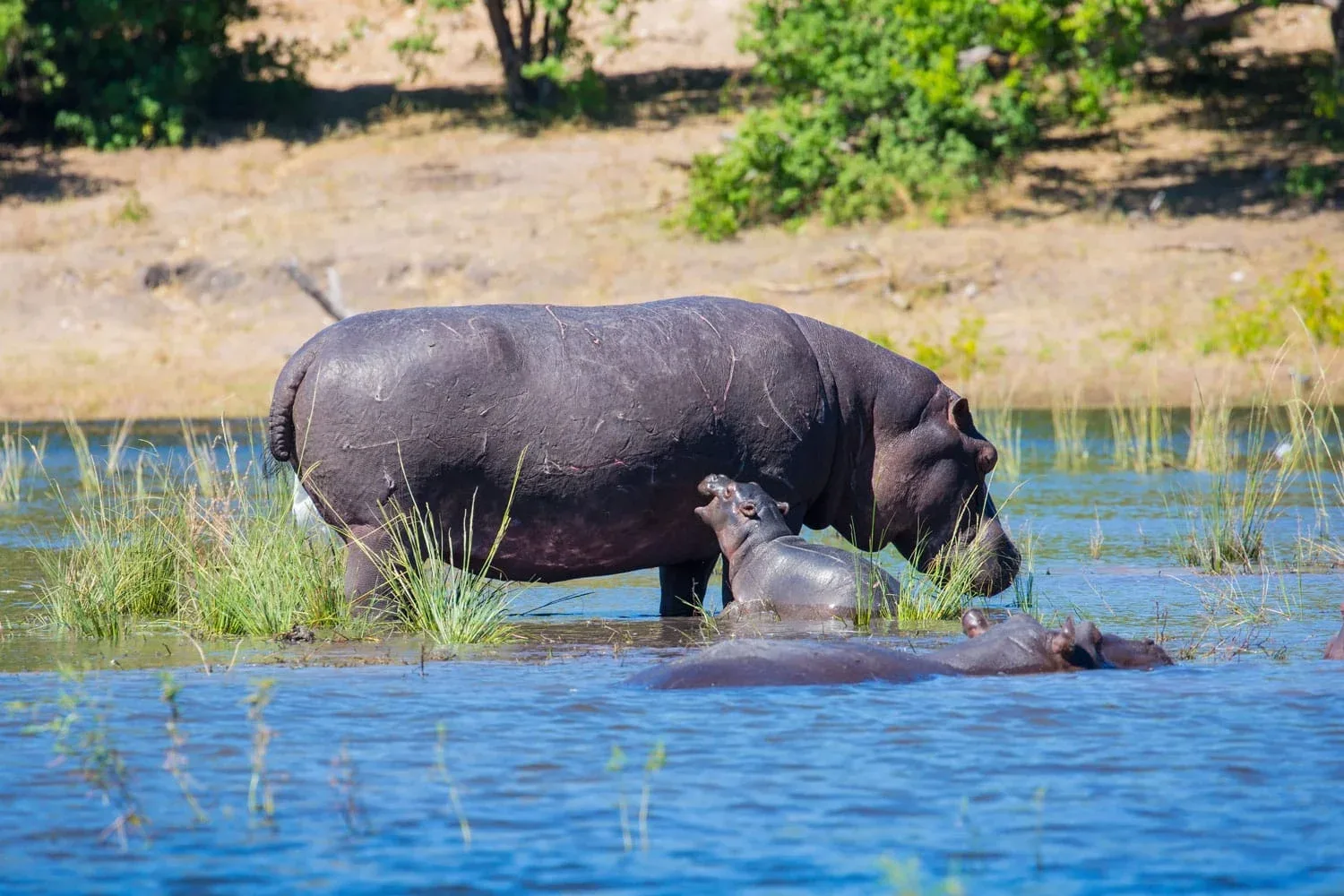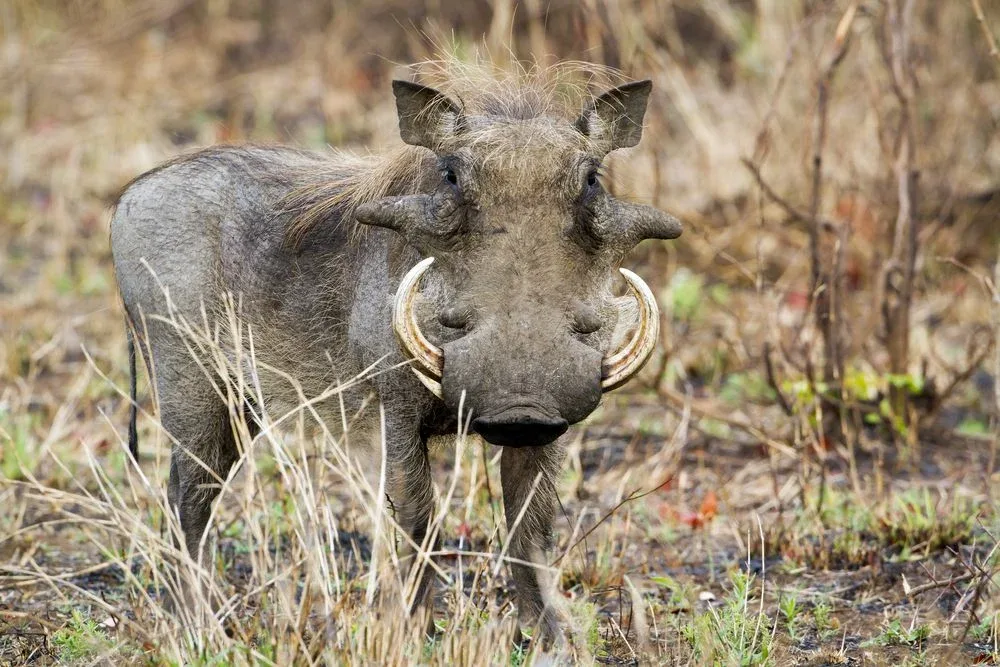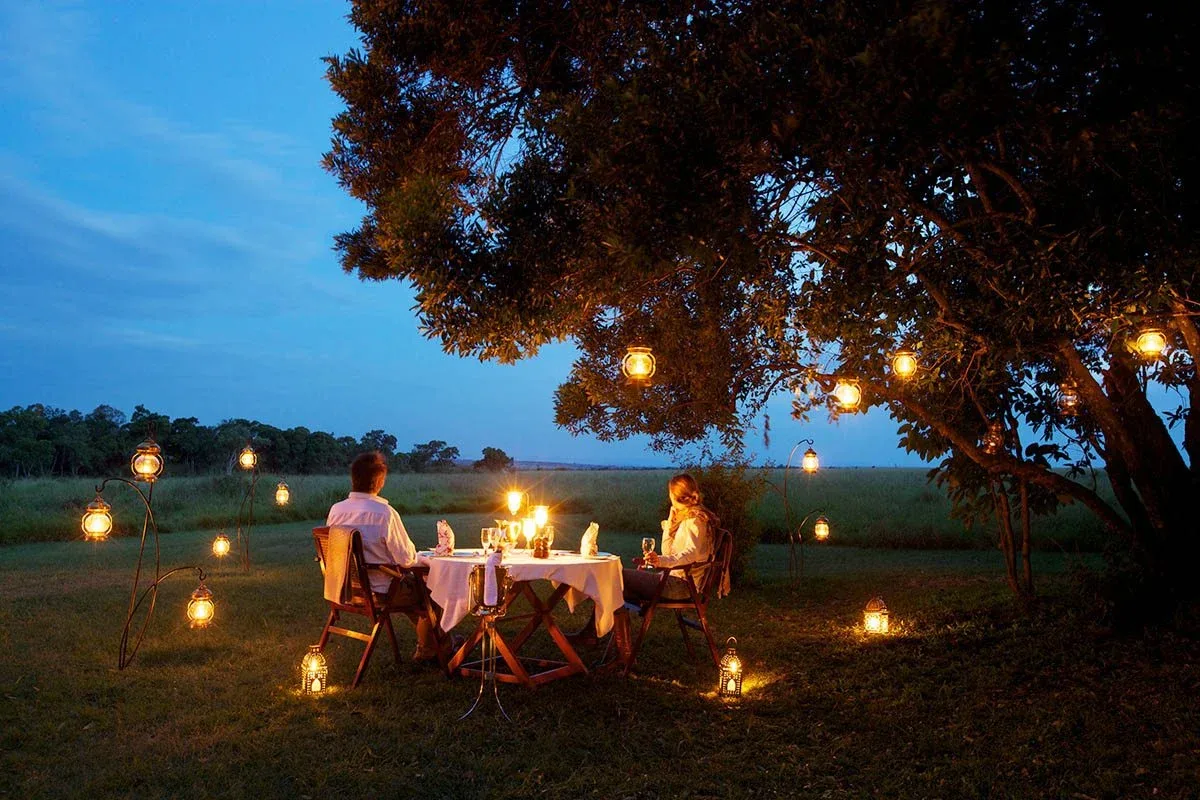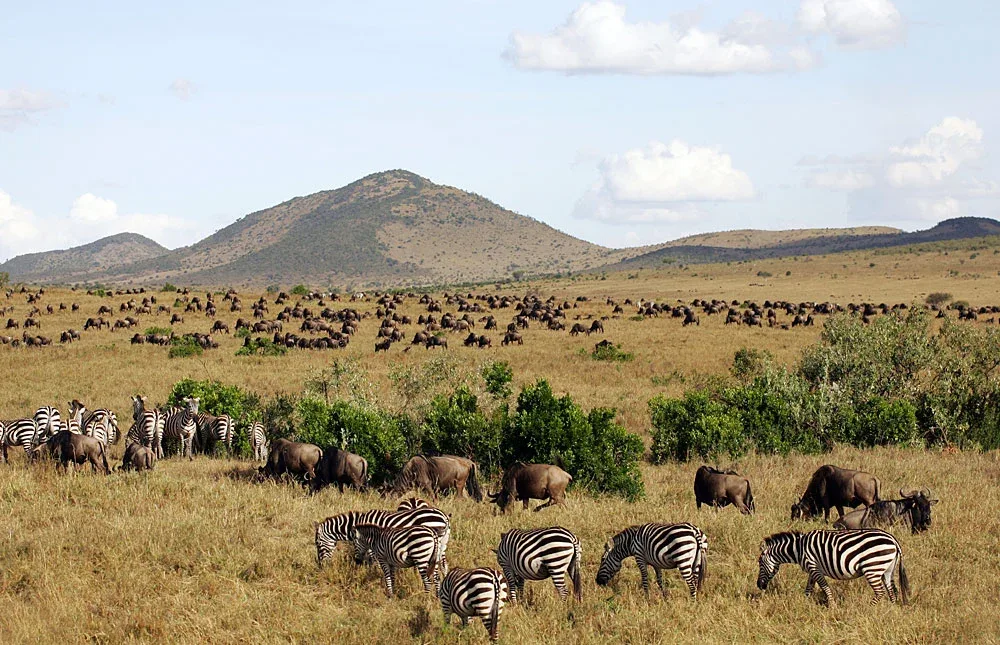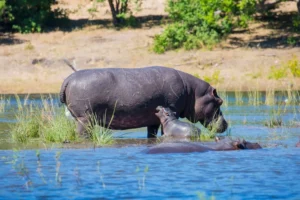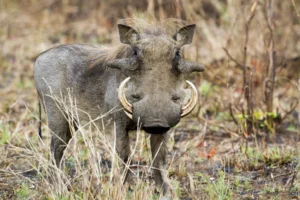Discover the top 10 tourist attractions in Tanzania, including Serengeti National Park, Mount Kilimanjaro, Zanzibar’s beaches, and Ngorongoro Crater. Explore Tanzania’s diverse landscapes and rich cultural heritage for an unforgettable African adventure.
Tanzania is a country of incredible natural beauty and is home to some of the best tourist attractions in the world. Whether you’re interested in safaris or exploring ancient ruins, there are plenty of exciting things to do here that will make your trip unforgettable. Let’s take a look at ten top-rated places in Tanzania.
Mount Kilimanjaro
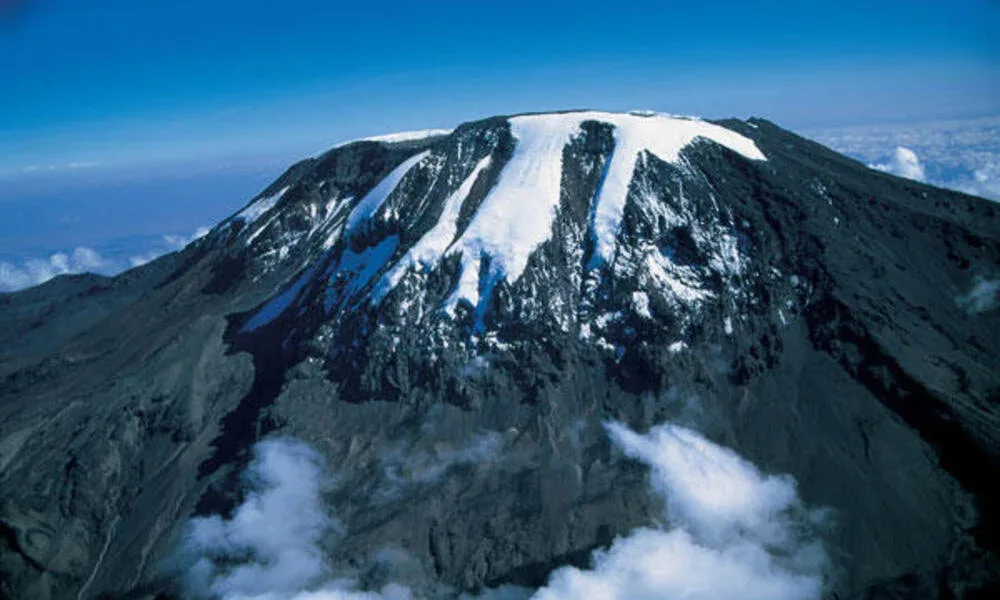
Mount Kilimanjaro is the highest mountain in Africa and one of the most prominent peaks on Earth. It has three volcanic cones, which makes it a dormant volcano. The mountain was designated as a World Heritage Site by UNESCO in 1983 for its historical significance and biodiversity value.
The mountain’s five climate zones are home to many different species of animals, such as leopards, lions, and zebras, that roam freely on their way up from lower altitudes to higher ones every day during sunrise or sunset hours when temperatures drop down below freezing point at night time under clear skies without clouds above them that provides perfect conditions for viewing these magnificent creatures at close range without any problems whatsoever.
Serengeti National Park
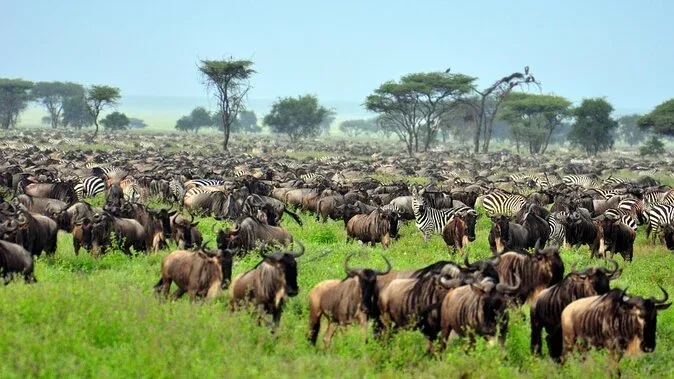
The Serengeti, spanning across Tanzania and Kenya, stands as the world’s largest game reserve, boasting a staggering array of wildlife. Beyond its impressive lion population of over 2,000, the park is home to approximately 20,000 elephants and hosts the renowned Great Migration of 1.5 million wildebeest and other herbivores.
This vast savannah ecosystem supports an unparalleled diversity of species, including cheetahs, hyenas, hippos, and countless other iconic African animals. For photographers, the Serengeti presents an unrivaled opportunity to capture breathtaking images of these majestic creatures in their natural habitats, against the backdrop of sweeping plains, acacia-dotted landscapes, and dramatic sunsets.
Visitors to the Serengeti can embark on thrilling game drives, guided walks, and hot air balloon safaris to immerse themselves in this remarkable wilderness. Whether witnessing the excitement of predator-prey interactions during the migration or simply savoring the serenity of the African bush, the Serengeti offers an unforgettable safari experience that epitomizes the raw beauty and diversity of Africa’s wildlife-rich landscapes.
Ngorongoro Conservation Area
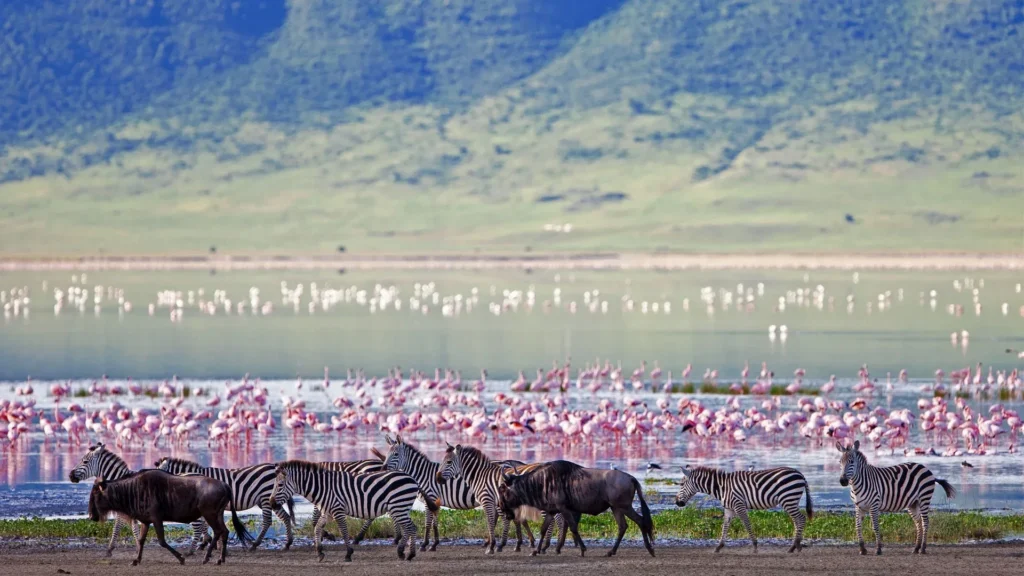
Ngorongoro Conservation Area is a UNESCO World Heritage Site, and as such, it’s one of the most popular tourist destinations in Tanzania. The crater is home to several wildlife species, including elephants, giraffes, and lions. Some hippos can be seen swimming in its waters.
In addition to being an incredible natural wonder (and one of our favorite places on Earth), Ngorongoro Crater is also well known for its cultural significance: it was here that scientists first discovered evidence for human evolution through DNA analysis back in 1959. This discovery led them to conclude that humans existed much earlier than previously believed—which means we owe our existence, directly and indirectly, thanks to this park.
Arusha National Park
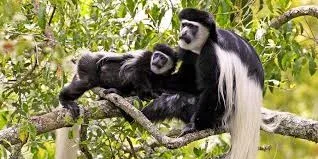
Arusha National Park, nestled at the foothills of Mount Meru in Tanzania, holds the prestigious status of a UNESCO World Heritage Site. It’s renowned for its rich biodiversity, encompassing a diverse array of wildlife such as elephants, giraffes, hippos, lions, and elusive leopards. The park’s extensive bird-watching areas boast over 600 species, making it a paradise for bird enthusiasts and photographers alike.
Beyond wildlife viewing, Arusha National Park offers exhilarating hiking trails that wind through lush forests, open savannahs, and scenic landscapes. Mount Meru, the park’s centerpiece, presents a challenging ascent for avid hikers seeking panoramic views of the surrounding plains and Mount Kilimanjaro in the distance. Other attractions include the Momella Lakes, which provide a picturesque backdrop for picnics and game viewing.
For those looking to blend adventure with wildlife exploration, Arusha National Park provides an ideal destination. Whether trekking through varied terrain or leisurely observing wildlife, visitors are treated to a memorable experience that highlights Tanzania’s natural beauty and diverse ecosystems.
Selous Game Reserve
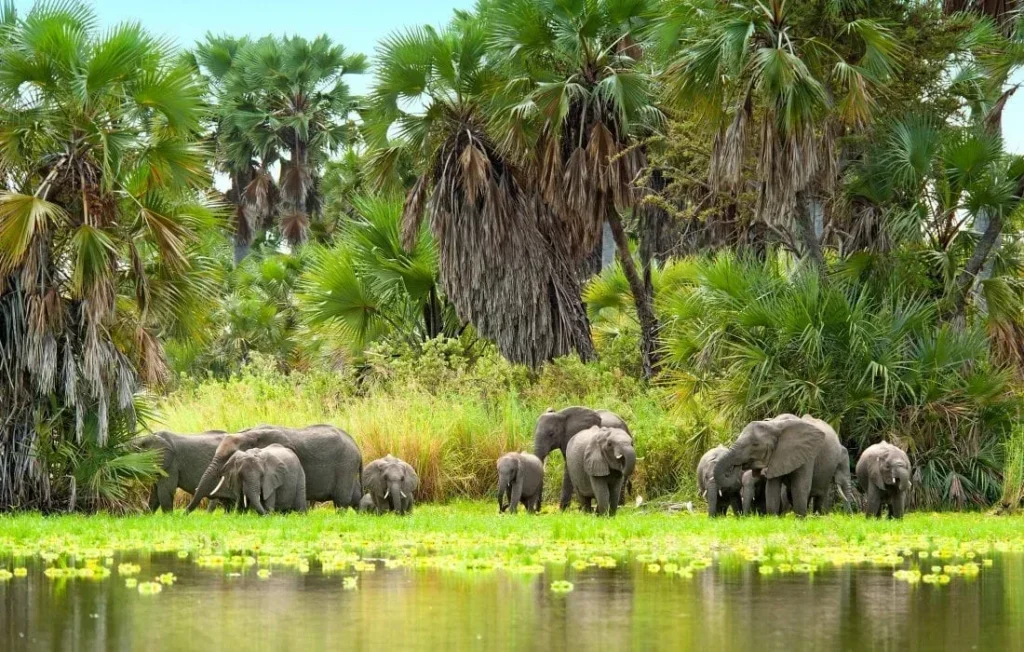
The Selous Game Reserve is the largest wildlife reserve in Africa. It’s home to many wildlife, including elephants, lions, buffalo, and hippos. The reserve is also home to the endangered African wild dog and other endangered species, such as cheetahs.
The park is divided into three sections: East Africa (East) has more open terrain than West or Central, but it can still be difficult if you are planning on staying overnight at any campsites outside Ngorongoro Crater because there are no roads leading out from these sites so most visitors will end up having their vehicles towed away after they leave.
Mahale Mountains National Park
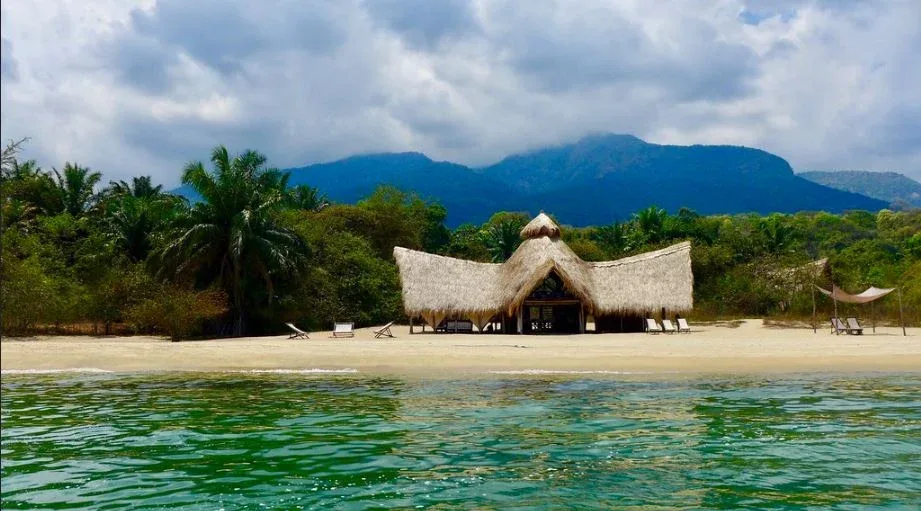
Mahale Mountains National Park, situated on the shores of Lake Tanganyika in western Tanzania, offers a unique and remote wilderness experience. Renowned for its chimpanzees, the park is home to one of the largest populations of these primates in Africa, providing visitors with an exceptional opportunity to observe them in their natural habitat.
In addition to chimpanzees, Mahale Mountains National Park boasts a diverse array of wildlife, including elephants, lions, leopards, and several species of monkeys. The park’s rich biodiversity encompasses hundreds of bird species and various other mammals, ensuring every visitor encounters fascinating wildlife encounters.
One of the park’s highlights is its stunning waterfalls, which cascade down lush mountainsides into crystal-clear pools. These picturesque waterfalls not only offer scenic beauty but also provide a refreshing spot for visitors to cool off and enjoy the tranquility of the surroundings.
Visiting Mahale Mountains National Park is a memorable experience for nature lovers and adventure seekers alike. Whether trekking through dense forests in search of chimpanzees, hiking to breathtaking waterfalls, or simply soaking in the natural beauty of Lake Tanganyika, this park promises an unforgettable journey into the heart of Tanzania’s wilderness.
Lake Manyara National Park
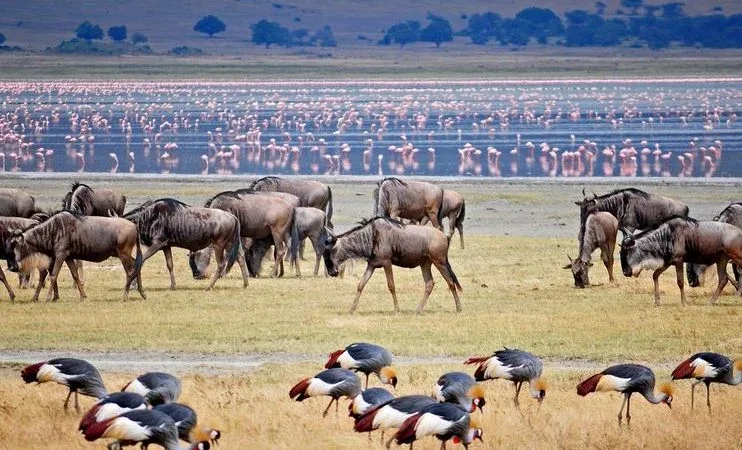
Lake Manyara National Park is in Tanzania, just north of the Serengeti National Park. It was created in 1992 and covered an area of 472 square kilometers (182 square miles).
The park is home to chimpanzees, leopards, lion, and cheetah populations as well as the Big Five – buffalo (giraffe), elephant, rhino, and lion. There are also many other animals, including hyenas, wild dogs, and jackals, that you can see while visiting this area.
Visitors should keep their eyes open for fantastic scenery as they travel around Lake Manyara National Park on foot or by vehicle – it’s definitely worth stopping at every opportunity!
Pemba Island

Pemba Island is a small, tropical island off the coast of Tanzania. It’s known for its beautiful beaches and coral reefs, which attract tourists worldwide. The climate on Pemba Island is also quite pleasant—it has an average temperature of 76°F (24°C) throughout the year!
The most popular activities to do in Pemba include:
- Diving and snorkeling at some of its many coral reefs.
- I am exploring historical sites like Kilwa Kisiwani or Mlima ya Simba National Parks.
- Hiking through forests that nature preservation groups have preserved.
- They visit villages where you can learn about local customs, such as how they preserve their culture through dance performances or traditional food preparation methods (such as making beer).
There are also many other attractions worth exploring: elephants roam freely throughout this area, meaning you may see them right outside your hotel window while walking along one of its beaches! Leopards can also be found nearby. Keep your eyes peeled when hiking through densely forested areas near villages instead because these felines are known predators who love eating meat, including humans…
Stone Town, Zanzibar

Stone Town is the capital of Zanzibar and its major tourist attraction. It was declared a UNESCO World Heritage Site in 1995, making it one of the most popular destinations for tourists on their trips to Africa. The city has many historic buildings that date back to its time as an essential trading port during the 19th century.
Stone Town also has many restaurants and hotels that cater to tourists who want to stay there while exploring this beautiful part of Tanzania.
Conclusion
In conclusion, Tanzania’s top-rated tourist attractions offer a wealth of natural wonders and cultural experiences. From the iconic Serengeti plains to the majestic heights of Mount Kilimanjaro and the pristine beaches of Zanzibar, each destination captivates with its unique charm and beauty. Whether exploring wildlife in their natural habitats or immersing in vibrant local cultures, Tanzania promises an enriching journey that leaves a lasting impression on every traveler.

